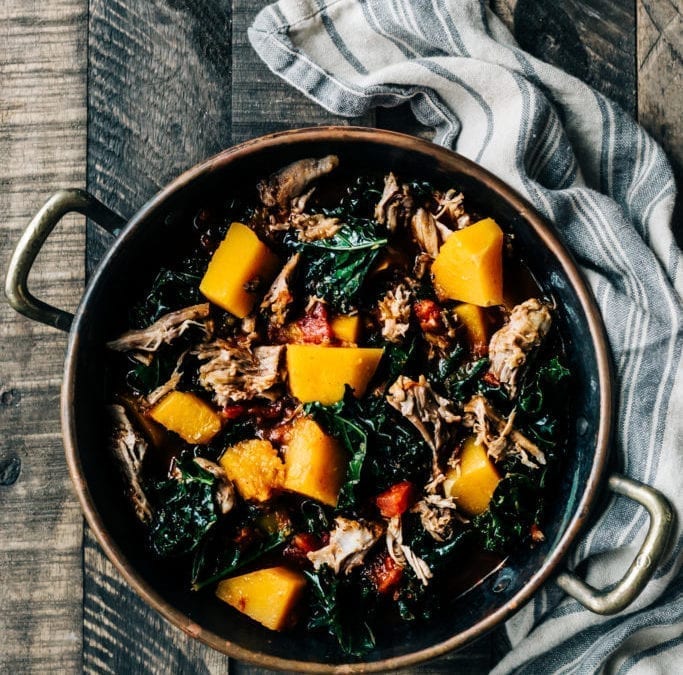In our last blog we talked a bit about how to maintain health through eating with moderation and meal prepping. At the end of the blog I talked a bit about how a good diet should be plant based. In this blog I wanted to talk a little bit about how we should go about planning our meals surrounding the seasons. With the modern American Supermarket the notion of eating with the seasons has seemed to disappear except for a few special foods, like pumpkins in the fall or watermelon in the summer. With produce being supplied from all over the world in order for us to sustain our normal food choices we often don’t even think about the impracticality of eating apples in Michigan in the dead of winter. But if you look close or pay attention to the price you can see the natural fluctuation of food seasons for certain products. So if you are like me and your trying to stay healthy while also maintaining a balanced budget it is important to be aware of what foods are in season, and therefore at a lower cost.
If I were to summarize the foods in season during the winter it would be “roots” for the most part. Potatoes, onions and beets are just a few of the foods that make it onto the “in season” list for winter fruits and vegetables.
Here is a list of in season fruits and vegetables:
- Cabbage
- Brussel Sprouts
- Winter Squash
- Potatoes
- Onions
- Beets
- Carrots
- Turnips
- Parsnips
- Sweet Potatoes
- Radicchio
- Citrus Fruits
- Pomegranates
- Kale
- Collard Greens
These foods are packed with nutrition even though they might not be the “go to” raw salad veggies most people think about when it comes to eating healthy. Knowing what’s available isn’t enough, it’s important to know what to make as well. So I wanted to share some of my favorite recipes with you.
Pork, Butternut and Kale Stew:
This is the kind of meal that I love to make during the winter. With a few simple steps all that’s required is a little bit of waiting to make this delicious meal that can warm you up on the cold days and freeze easy for continued meals throughout the week or month. Check out the recipe from the link above.
One of the foods that i think is almost always despised and dreaded by children everywhere, the Brussel sprout, has turned into one of my absolute most favorite foods. I really think that they get a bad rap because of poor cooking methods. For a simple and easy side dish cut the brussels sprouts in half and heat some olive oil in a large pan. Add the brussels sprouts and saute until they are fork tender. Season with salt, pepper, garlic and lemon juice.
Cabbage can be a little challenging to find good ways to cook it up. My favorite way is the throw some corned beef, potatoes, and onions in a slow cooker, let it sit for 6-8 hours on low heat and then finish it off by adding some cabbage at the end. This is another easy meal during the winter that only takes a bit of prep and can cook while your at work.
Adam’s Favorite Roasted Vegetable Salad:
Our Manager at here at GoodTurn is a man who likes his vegetables. I’d be lying if said this recipe doesn’t look absolutely amazing. Check out this recipe for a different take on a dinner entree for the whole family!
With a little bit of intention and time we can use the foods that are the most readily available and still create healthy meals. Winter doesn’t have to be a season of preservative filled foods and forced non seasonal vegetables. I hope this has encouraged you to think more about what your eating, where our food comes from and how to better support local agriculture by eating in season foods. Keep following our winter health series and let us know any comments or questions!
Kyle Freeman
**The title image was borrowed from a recipe found on Dishing up the Dirt an excellent blog devoted to agriculture and health**

